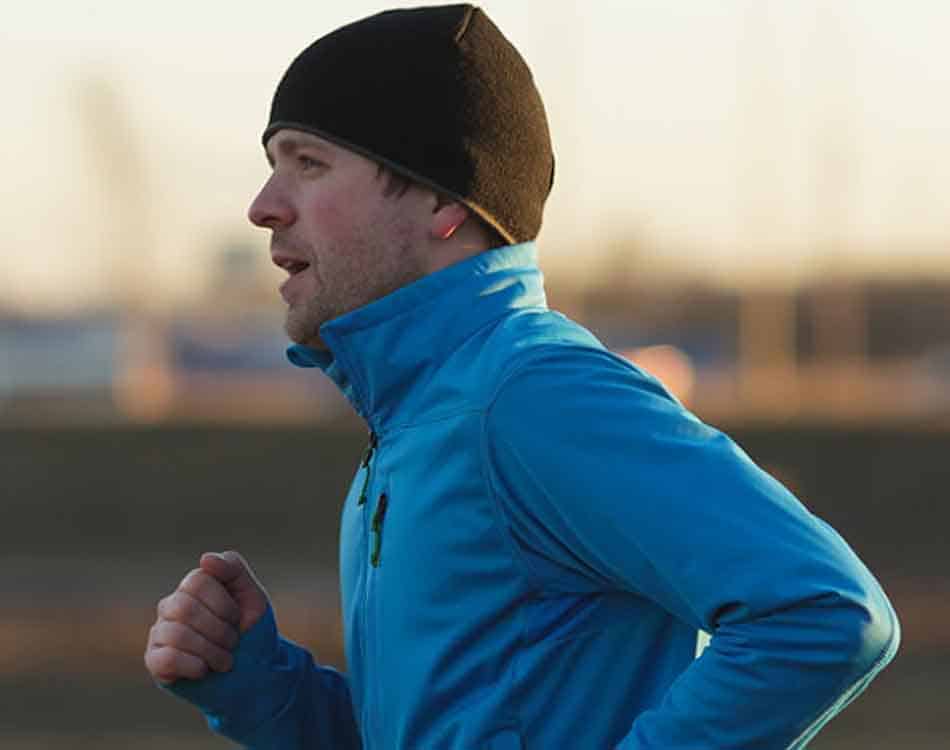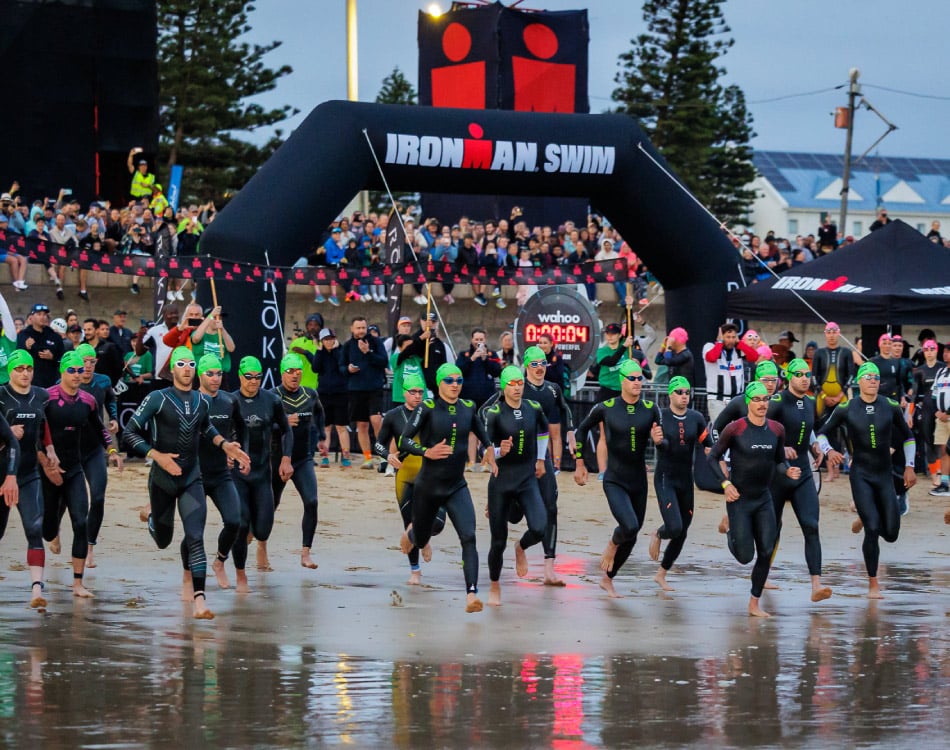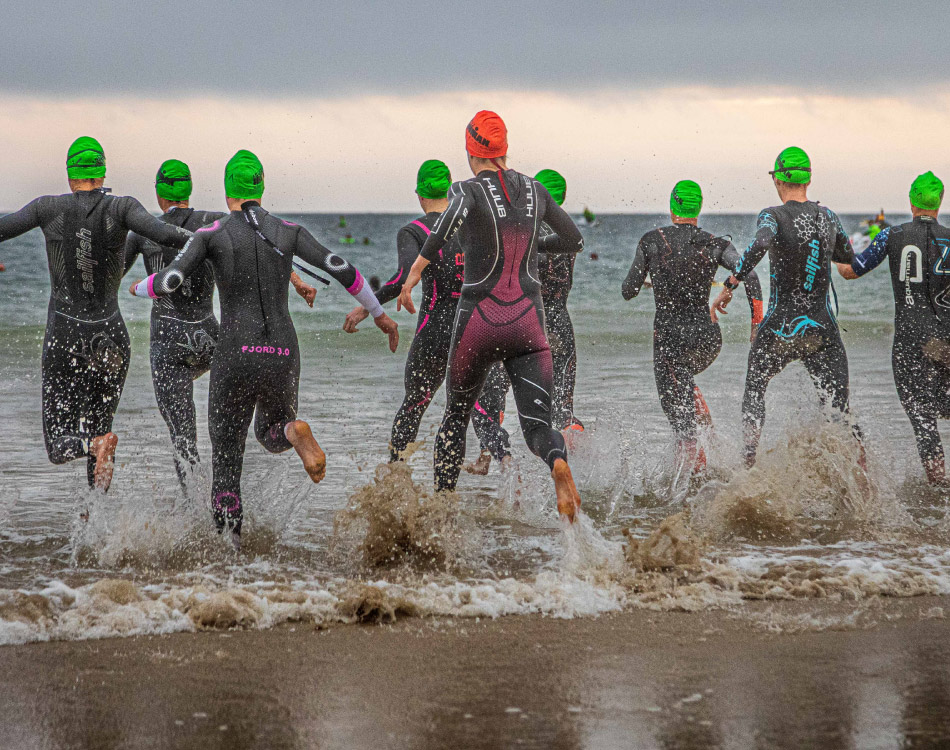You can survive for weeks without food, a few days without water, but only mere minutes without air. Yet for something so important, many athletes have no idea how to breathe properly, especially during exercise.
Poor breathing stems from numerous factors, including a more sedentary lifestyle, pollution, poor posture, poor diets, health issues such as high blood pressure and elevated heart rates, and stress.
A return to diaphragmatic breathing
Our more sedentary lifestyle means that the average person only uses about a third of their natural lung capacity while drawing about 15 shallow breaths a minute without properly activating the main breathing muscle, the diaphragm.
Today most people rely only on their weaker intercostal muscles found between the ribs to perform the act of breathing – even active people. This is generally called chest breathing.
Diaphragmatic (aka abdominal, stomach or belly) breathing causes the abdomen to expand rather than the chest. It is characterised by slower, deeper inhalations. This allows the lungs and more of the sacs (called alveoli) that are responsible for gas exchange with the circulatory system to fill with air, which ensures a greater amount of oxygen is available for red blood cells to absorb and deliver to the rest of the body for various metabolic processes, including energy production.
The breathing basics
As such, proper breathing is a technique that needs to be re-learnt and practised, just like any sporting code, as poor breathing techniques can rob a person of energy and negatively affect mental alertness and overall performance.
Poor breathing techniques can increase your perceived exertion levels, making exercise seem more difficult than it really is. As such, proper breathing while you work out not only increases your comfort level but also improves endurance.
Inefficient gas exchange can impact your ability to metabolise fuel for energy. Fat and glycogen metabolism are aerobic processes, which means they can only occur in the presence of oxygen. So, to fully oxygenate the muscles, you should breathe deeply and expel the air forcefully using the diaphragm – which can only be done with the proper breathing technique.
Breathing at rest
Research has shown that 10 or fewer deeper, slower breaths per minute while at rest are best for overall health, as slower breathing offers the physiological benefit of increased oxygen saturation in cells.
Taking fewer than 10 breaths per minute also engages the parasympathetic nervous system, which promotes a more relaxed state and also activates the vagus nerve, the primary cranial nerve associated with recuperation.
It is also during rest when you can perfect diaphragmatic breathing. It is very difficult to master this technique while you are exercising, so aim to work on this deeper, slower way of breathing while you sit in traffic or at work, or while you are lying in bed at night.
Breathing during exercise
Of importance to athletes is the fact that slow breathing helps to increase heart-rate variability – a measurement of the fluctuation in your heartbeat during activity. High heart rate variability is healthy as it means your cardiovascular system is flexible.
You should, therefore, take slow, strong, deep breaths during exercise. This breathing should follow a pattern and tempo that is suited to the type and level of activity you are doing.
It is important to avoid rapid, shallow breathing. A number of endurance athletes fall into the trap of breathing with each step or pedal stroke. This is an antiquated technique based on the belief that breathing on each footfall was important to maintain your tempo and rhythm.
The problem with this approach is that as your pace increases or you reach the upper limits of your aerobic threshold, this can actually decrease performance as your breathing becomes more rapid and shallower. This can result in hyperventilation and a lack of proper oxygen intake, delivery and absorption, which limits performance.
You can still match your breathing to your running or cycling tempo, just increase the number of footfalls or pedal strokes you take while breathing in, and do the same while exhaling. Start by inhaling for three steps and exhale for three steps again. When this becomes comfortable, increase this to five steps.
Will altitude training give you the performance boost you’re after? We investigate
Become an expert breather
To improve your general breathing technique, try these simple breathing techniques and exercises:
Perform this exercise five times a day:
- Inhale deeply by relaxing your belly. Breathe deeply to fill the lungs with air from the bottom up.
- Keep inhaling until you fill the middle of your chest and you feel your rib cage expand.
- Exhale forcefully with a short burst to activate your diaphragm.
- Exhale with a long, slow finish to empty the lungs.
- As the air is slowly released, relax your chest and rib cage. Pull your diaphragm in to force out the remaining air.
- Inhale again, filling your lungs from the bottom up again.
- Hold for a moment, then exhale slowly and completely.
- Repeat for five minutes.
Follow these breathing tips while exercising to ensure you provide your body with all the oxygen it needs to perform:
- At lower exercise intensities breathe slowly and deeply, inhaling through your nose and exhaling out of your mouth.
- Keep your mouth closed when you inhale as the nose is designed to warm and moisten the air you are breathing.
- As your exercise intensity increases, start to breathe in and out through your nose and mouth simultaneously to inhale a greater volume of air and expel more carbon dioxide.

















Leave A Comment